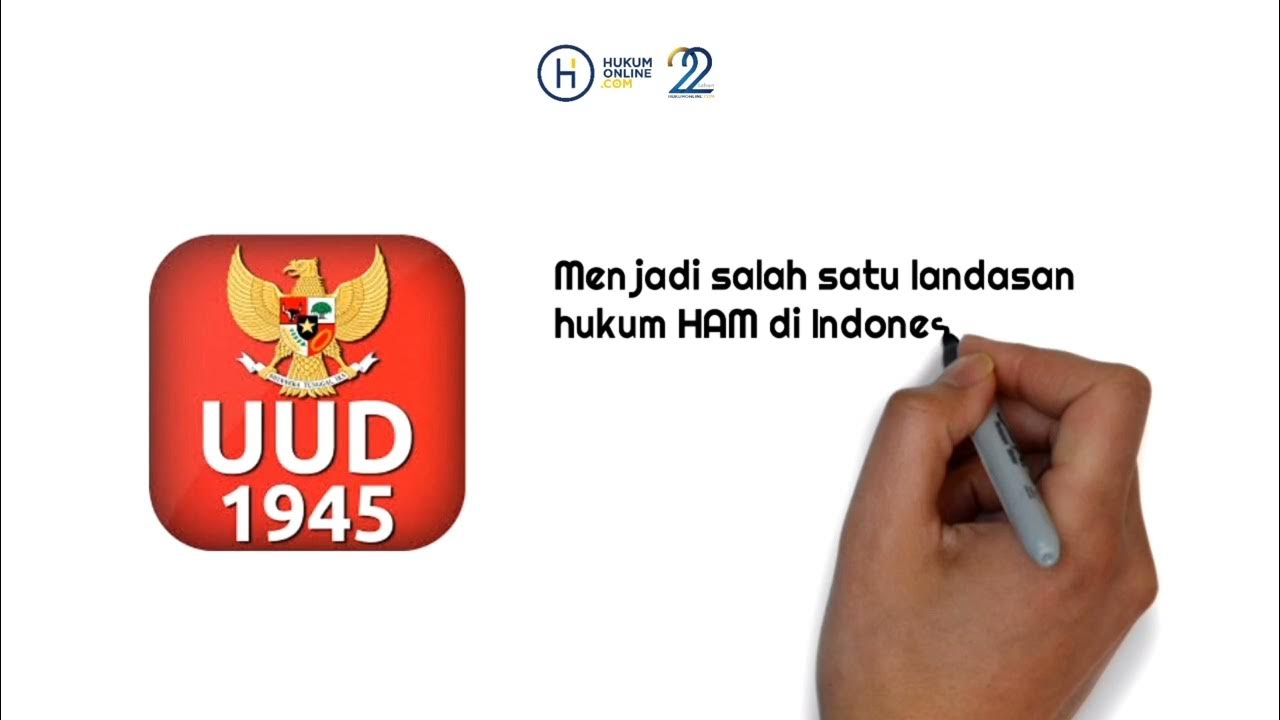30 Articles of the Universal Declaration of Human Rights
Summary
TLDRThis video script addresses the universal human rights, emphasizing that every individual is born free and equal. It explores historical and contemporary violations such as slavery and human trafficking, highlighting the importance of dignity and the right to life. The narrative includes personal stories of abuse and the struggle for justice, urging viewers to stand up for their rights. It also touches on themes of freedom, equality before the law, and the empowerment of individuals to claim their rights, concluding with a powerful affirmation of the 30 human rights that belong to everyone.
Takeaways
- 🌟 'We are all born free and equal' is a fundamental human right, emphasizing the inherent dignity and worth of every individual.
- 🔗 Human rights are universal and inalienable, meaning they belong to every person regardless of their background, nationality, or any other status.
- 👶 The right to life is a core human right, highlighting the importance of protecting life from the moment of birth.
- 📚 Education is a human right, ensuring that everyone has access to learning and the opportunity to develop their potential.
- 🏡 The right to freedom and safety is crucial, protecting individuals from harm and allowing them to live without fear.
- 🏛️ All individuals are equal before the law, which should treat everyone fairly and without discrimination.
- 🤝 Human rights include the right to be free from slavery and forced labor, reflecting the importance of freedom and autonomy.
- 🌐 The script touches on the global nature of human rights, with people from various nationalities and backgrounds asserting their rights.
- 🚫 The narrative includes instances of human rights violations, such as child labor and trafficking, illustrating the ongoing struggle for rights protection.
- 📢 The script encourages individuals to stand up for their rights and seek legal recourse when they are violated, emphasizing the role of activism and advocacy.
Q & A
What is the central theme of the video script?
-The central theme of the video script revolves around human rights, emphasizing that all individuals are born free and equal, and deserve to be treated with dignity.
How does the script address the historical context of human rights?
-The script addresses the historical context of human rights by mentioning the transatlantic slave trade, where people were kidnapped, chained, and treated inhumanely, highlighting the evolution from such abuses to the recognition of human rights.
What is the significance of the repeated phrase 'can you tell' in the script?
-The repeated phrase 'can you tell' is used to challenge the audience to recognize and reflect on the inherent equality and dignity of every individual, regardless of their circumstances or background.
How does the script connect human rights to everyday experiences?
-The script connects human rights to everyday experiences by presenting scenarios such as bullying, theft, and legal injustices, showing how the violation of these rights can occur in modern society.
What role does the law play in the script regarding human rights?
-The law is portrayed as a protector of human rights in the script, emphasizing the importance of legal systems to uphold and defend the rights of individuals against violations.
What is the message conveyed by the various individuals stating their nationalities in the script?
-The message conveyed by the individuals stating their nationalities is one of global unity and diversity, highlighting that human rights apply universally, regardless of where one is from.
How does the script use personal stories to illustrate the concept of human rights?
-The script uses personal stories such as experiences of bullying, theft, and legal struggles to illustrate the concept of human rights, making the abstract idea more relatable and concrete.
What is the purpose of the song lyrics included in the script?
-The song lyrics are used to reinforce the theme of human rights and the importance of standing up for one's rights, using the power of music to engage the audience emotionally.
How does the script suggest that individuals can take action regarding their human rights?
-The script suggests that individuals can take action by knowing their rights, seeking legal representation, and standing up against injustice, as exemplified by the character who uses the law to protect his rights.
What is the script's stance on the universality of human rights?
-The script asserts the universality of human rights, stating that these rights are inherent, inalienable, and belong to every individual simply by virtue of being human.
How does the script conclude its discussion on human rights?
-The script concludes by reiterating that human rights are non-negotiable and cannot be taken away, emphasizing the importance of awareness and advocacy for these rights.
Outlines

Esta sección está disponible solo para usuarios con suscripción. Por favor, mejora tu plan para acceder a esta parte.
Mejorar ahoraMindmap

Esta sección está disponible solo para usuarios con suscripción. Por favor, mejora tu plan para acceder a esta parte.
Mejorar ahoraKeywords

Esta sección está disponible solo para usuarios con suscripción. Por favor, mejora tu plan para acceder a esta parte.
Mejorar ahoraHighlights

Esta sección está disponible solo para usuarios con suscripción. Por favor, mejora tu plan para acceder a esta parte.
Mejorar ahoraTranscripts

Esta sección está disponible solo para usuarios con suscripción. Por favor, mejora tu plan para acceder a esta parte.
Mejorar ahora5.0 / 5 (0 votes)






